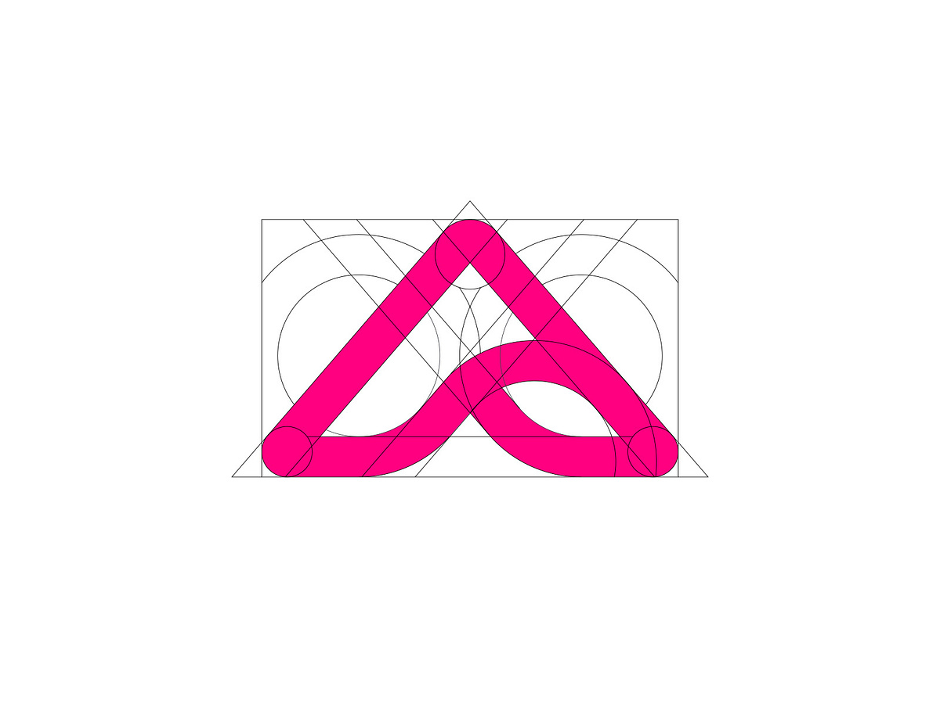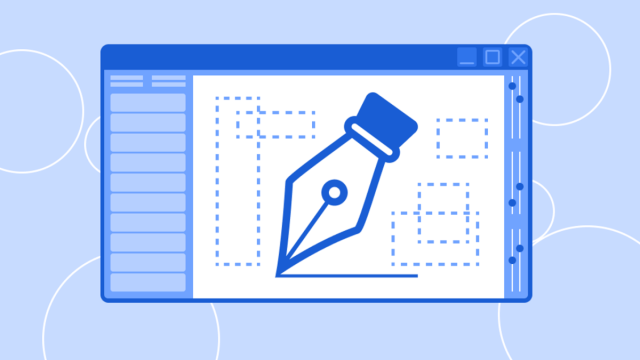Designing a logo is a critical step in establishing your brand’s identity. A well-designed logo communicates who you are, what you do, and what you stand for, all in a single, powerful image. Whether you’re starting from scratch or looking to refresh your existing logo, following these essential tips can help you create a logo that truly represents your brand.
This article has been prepared by experts from Turbologo, a company specializing in professional logo design. Our team has years of experience in helping brands find their unique visual identities.
Use Turbologo’s Logomaker for Easy and Professional Designs
Contents
- Use Turbologo’s Logomaker for Easy and Professional Designs
- Know Your Audience
- Keep It Simple
- Gert van Duinen
- Make It Memorable
- Choose the Right Colors
- Select Appropriate Fonts
- Focus on Versatility
- Aim for Timelessness
- Incorporate Meaningful Symbols
- Ensure Scalability
- Get Feedback
- Refine and Iterate
- Test in Various Contexts
When starting your brand design logo journey, it’s essential to have the right tools at your disposal. Turbologo’s logomaker offers a convenient and efficient solution for creating a professional logo that perfectly captures your brand’s identity. With its user-friendly interface, you can easily experiment with different styles, colors, and fonts to find the perfect match for your brand. Turbologo’s logomaker provides a variety of templates and customization options, ensuring that your logo is unique and tailored to your specific needs. Whether you’re a design novice or a seasoned pro, this tool simplifies the design process, allowing you to focus on building your brand.
Know Your Audience
Your logo should not only reflect your brand but also resonate with your target audience. Think about the demographics and psychographics of your ideal customer. What are their preferences and interests? A logo that appeals to your audience can significantly boost brand recognition and loyalty.
Keep It Simple

Gert van Duinen
One of the most important principles in logo design is simplicity. A simple logo is easy to recognize and remember. Complex designs can be visually overwhelming and difficult to reproduce across different mediums.Aim for a design that is clean and uncluttered.
Make It Memorable
A memorable logo is one that sticks in people’s minds after just a glance. To achieve this, focus on creating a unique design that stands out from the competition. Distinctive shapes, bold colors, and innovative elements can all contribute to a memorable logo.
Choose the Right Colors
Color plays a vital role in logo design. Different colors evoke different emotions and associations. For example, blue often conveys trust and professionalism, while red can evoke excitement and energy. Choose colors that align with your brand’s personality and the emotions you want to evoke in your audience.
Select Appropriate Fonts
The font you choose for your logo can significantly impact its overall look and feel. Whether you go for a classic serif font, a modern sans-serif, or something more decorative, make sure it complements your brand’s style. Legibility is key, so choose a font that is easy to read at any size.
Focus on Versatility
Your logo will appear on various platforms and materials, from business cards and websites to billboards and merchandise. Therefore, it needs to be versatile. Design your logo in a way that it looks good in different sizes and works well in both color and black-and-white formats.
Aim for Timelessness
While it might be tempting to follow the latest design trends, it’s usually better to aim for a timeless look. Trends come and go, but a timeless logo stays relevant for years. Focus on classic design elements that won’t look outdated quickly.
Incorporate Meaningful Symbols

Symbols can be a powerful addition to your logo, as they can convey deeper meanings and associations. If you choose to include a symbol, make sure it’s relevant to your brand and easily recognizable. A meaningful symbol can add an extra layer of connection with your audience.
Ensure Scalability
Your logo needs to look great at any size, from a tiny social media icon to a large banner. Scalability is essential for maintaining the integrity and impact of your logo across different applications. Test your logo at various sizes to ensure it remains clear and effective.
Get Feedback
Once you have a few design options, get feedback from others. This can include team members, customers, and even friends and family. Constructive feedback can help you identify potential issues and refine your design.
Refine and Iterate
Logo design is often an iterative process. Don’t be afraid to go back to the drawing board and make revisions based on feedback and your own observations. Each iteration brings you closer to the perfect logo for your brand.
Test in Various Contexts
Finally, test your logo in different contexts to see how it performs. This includes digital and print media, as well as various backgrounds and colors. A logo that works well in every context is a logo that will effectively represent your brand everywhere.
In conclusion, designing a logo requires careful thought and consideration. By understanding your brand identity, knowing your audience, and following these essential tips, you can create a logo that not only looks great but also communicates your brand’s essence effectively. A well-designed logo is an invaluable asset that can help you stand out in a crowded market and build a strong connection with your audience.


